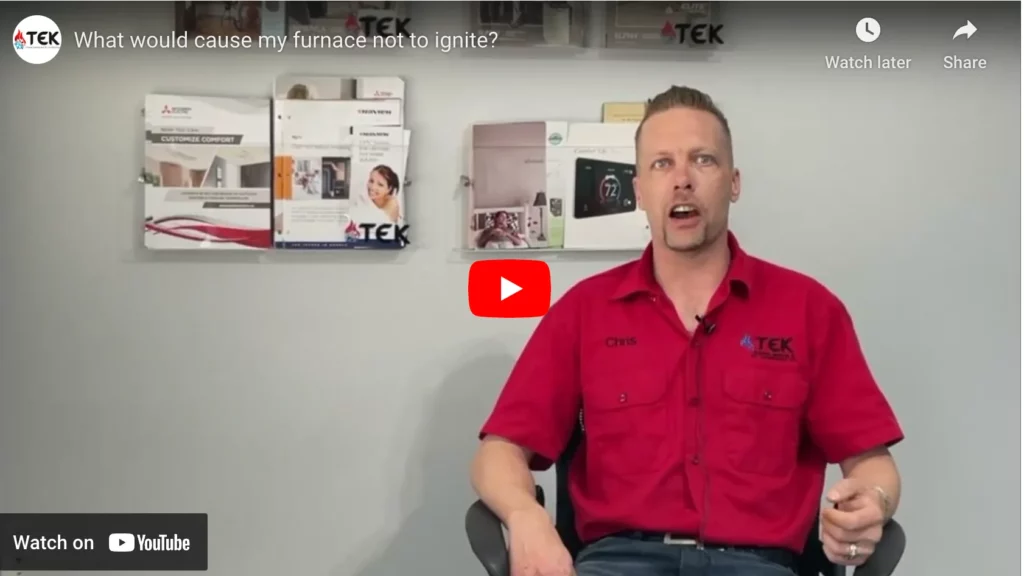Tankless water heaters work by heating water on demand as it flows through a heat exchanger. This eliminates the need for a storage tank and provides hot water on demand. When a hot water tap is turned on, cold water flows through the unit and is heated by a gas burner or electric element. The water then flows out of the unit and into the home’s plumbing system.
Tankless water heaters use sensors to monitor the flow of water and determine the appropriate amount of heat needed to reach the desired temperature. This allows the unit to provide a consistent supply of hot water, regardless of how many people are using hot water at the same time. Tankless water heaters can provide an endless supply of hot water, making them ideal for large families or households with high hot water demands.
Unlike traditional water heaters, which can experience heat loss as water sits in the tank, tankless water heaters do not have a storage tank and only heat water when it is needed. This results in significant energy savings, as tankless water heaters only use energy when hot water is needed. Additionally, tankless water heaters have a longer lifespan than traditional water heaters and require less maintenance.
In conclusion, tankless water heaters work by heating water on demand as it flows through a heat exchanger. They provide a consistent supply of hot water, use less energy, and have a longer lifespan than traditional water heaters.


